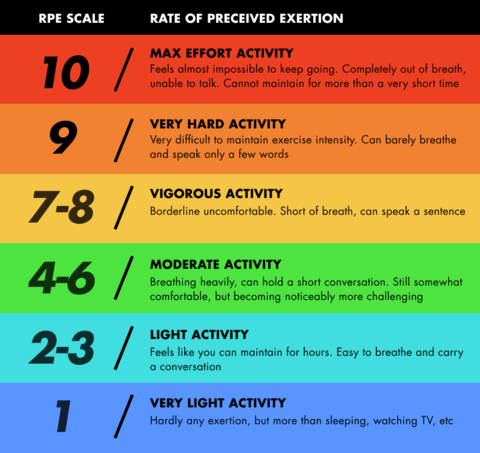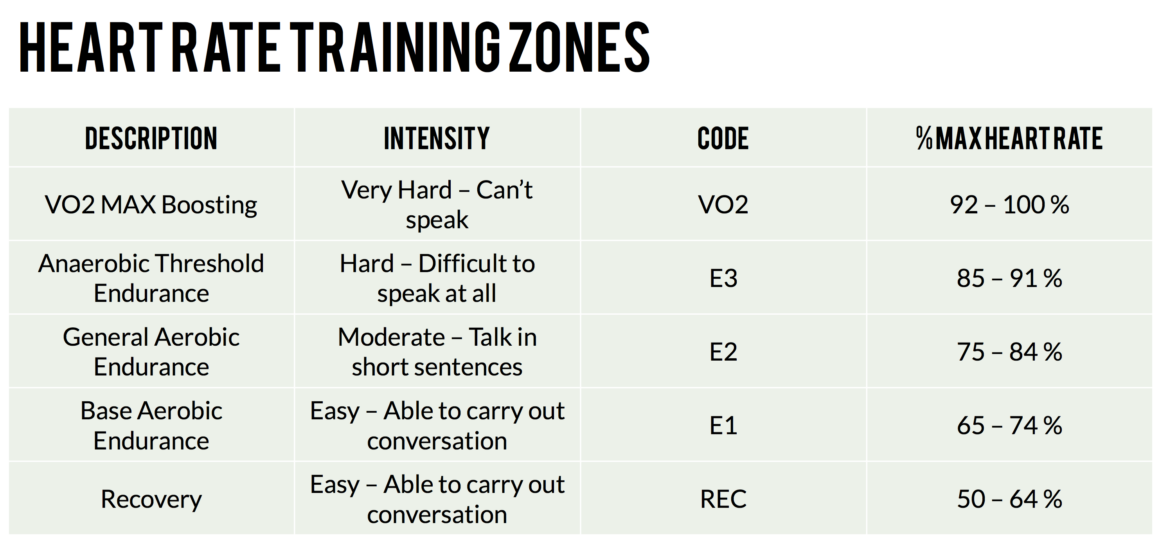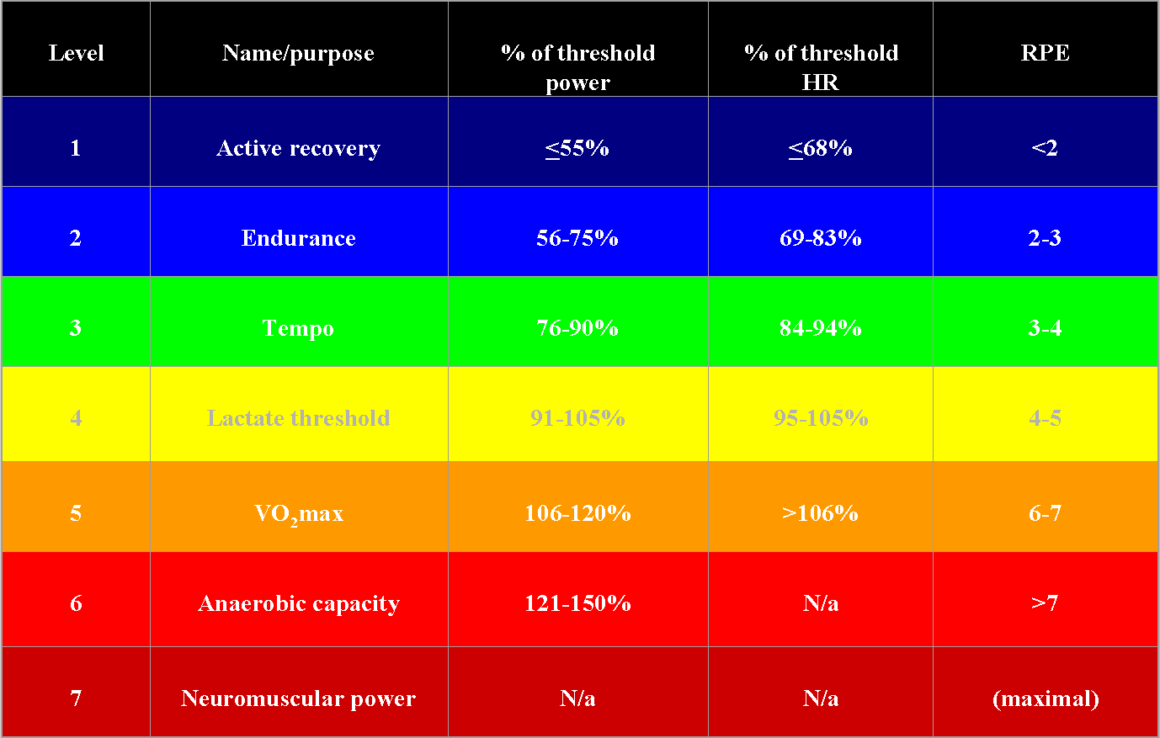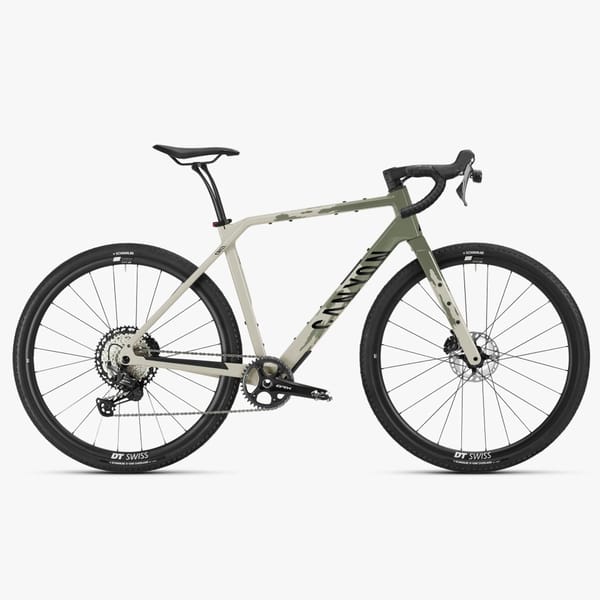How to Estimate your Gravel Racing Pace and Build a Plan for Race Day
Bike racing is like a checking account. You’ve built your balance up with training, rest, nutrition and planning, on race day it’s time to spend it down. If you write a big check too early in the race, you won’t have money left to open a race winning gap. The goal is to pace yourself perfectly so that the last penny in your account is spent as you cross the line.
There are a lot of ways to pace a race. Some choose to pace entirely on their perceived exertion. Others utilize power meters and/or heart rate to approach each race with a more scientific approach. New technology will even allow you to chart out a race day plan complete with power targets for every minute of your time on the gravel.
Pacing a Gravel Race with Perceived Exertion
If you don’t have a power meter, welcome to the sport of cycling for most of its existence. Perceived exertion is how endurance athletes have paced their races for a very long time. Through training, you’ve built a library of past performance. You can draw upon that experience to estimate what type of effort you can put out on race day.
For most athletes a perceived exertion of an 8 out of 10 is about what they can sustain for an hour. There are few if any gravel races that can be completed in an hour, so riding at an 8 out of 10 would be cashing a lot of checks far too early in the race.
Most gravel races are going to be raced in the zone from 4 to 6 on the perceived exertion scale. Again, training is where you need to build an understanding of what different exertions feel like and how long they are sustainable. Then you fit that to your race for a rough idea of how to pace yourself.
Obviously, perceived exertion has it’s shortcomings. Most races are going to start with a tough 30-60 minute selection process as the lead group coalesces and separates from the rest of the pack. Unless you’re a WorldTour Pro odds are you’re going to be outside of that 4 to 6 range to make the selection. But, if you’re pushing a 9 or 10, you need to know when to back off and know you’re not going to make the selection. Who knows, that selection may have burned the candle at both ends anyhow, so by knowing your limit you might just get a second chance.
Pacing with perceived exertion is also difficult for those of us with limited training time. You can come into a 100 mile gravel race with great fitness on only 6 hours of training a week. If you’re riding 6 hours a week, though, it’s unlikely you’re doing many, if any, 100 mile training rides. On race day, you’re being asked to pace an effort you’ve never experience before and that makes riding based on perceived exertion very difficult. The best bet is to take on early season races with a muted pace and adjust 50-75% through the race if you feel like you’ve got a lot left in the bank.
Pacing a Gravel Race with Heart Rate
When I pace with heart rate, I ignore my instantaneous or current rate for the most part, it’s too variable and I know I have an 8-10 bpm bump at the beginning of a race due to race day jitters.
Pacing with the Average Heart Rate reading, though, gives you a decent amount of information upon which you can draw conclusions on your race performance.
In most races, power can fluctuate dramatically due to accelerations out of corners, terrain, barriers, and responding to moves. This is one reason I find racing by heart rate can be very useful. If you’re 20 minutes into a race and your average heart rate is at 92% of max or higher you know you need to back off the pace. For a gravel race, I try to keep my average heart rate in the 75-84% of max range which means some short bursts in the 85%+ zones and a lot of time in the zones below 74%.
Combining Heart Rate with Power
We’ll delve more into power in a second, but using both power and heart rate information together in a race provides a great understanding of exertion.
Suppose you set out for a four-hour gravel race at a steady 230 watts. Comfortably in your endurance power zone your heart rate is holding steady at 145 beats per minute, but a few hours later your heart might be pumping 20 beats faster to maintain the same wattage. This is known as cardiac drift, if you ride by power alone you might be in the right power range initially but not later in the race. Pairing heart rate to power allows you to stay at the right intensity the entire race.
Heart rate also helps you account for other race conditions. My heart rate at 230 watts on a 50 degree day is going to be vastly different than at the same wattage on a humid 95 degree day. Again, pairing heart rate to power allows you to account for internal and external conditions (heat, dehydration, stress) and adjust effort accordingly.
Pacing a Gravel Race with Power
Power meters give you a purely objective measurement of output. Through training with power you will have reliable data to reference and will know exactly what you can do and how long you can do it.
Utilizing Average Power is one of the best ways to use a power meter to pace a race. Knowing that a race will start hard, it’s helpful to know what my FTP is as that’s a pace I can hold for one hour. If the selection group is forming up and my wattage to keep with it is staying at or below my FTP, then I’ll stick to it. If I’m above 100% FTP 30 minutes into a race, I know I need to back off, the pace simply is not sustainable. After the selection, I’ll wait for that average wattage to start dropping off, knowing that for a gravel race I need to maintain an average wattage in the tempo range (76-90% of FTP) over the entirety of the course.
Same goes for a late race move or breakaway. You’ve made the selection and ridden along comfortably with an average wattage in the tempo or better yet endurance zone, now it’s time to win the race. If you get away from the pack with approximately five minutes of racing left, having a knowledge of what your max five minute power is extremely helpful. This is why I integrate five minute, 1 minutes, 30 second, and 15 second efforts into my training on tempo and endurance days at the end of the ride. Knowing what you can do in those efforts after a riding for awhile can win a race.
Objective data isn’t everything though. Power alone won’t win your race. Pairing power to heart rate and/or perception will give you a complete picture of how the race is going and what you’ve got left to give. If you’re three hours in, riding in your tempo power range and have a perceive exertion of 9 you’re going to blow up.
Pacing a Gravel Race with Best Bike Split
Now for the easily the coolest tool out there for pacing a race. Ever wondered if you should spend more of your racing currency on a hard climb and recover on the descent? Or whether you should hold a more sustainable pace for the whole race?
Best Bike Split will tell you. The app tells you how to pace every second of your race in order to maximize your potential or to meet a goal time. I’ve been using the app for sometime and frankly it’s pretty damn incredible. Here’s how it works:
You setup a profile which includes information about you like weight, height, age and riding style. You’ll also build profiles for your bikes. The details matter here.
Then, Best Bike Split needs information on the course you’ll be racing in order to formulate a plan. You can use Strava, Ride with GPS or another mapping service to create a file of the race route. You can also use a GPT file of a course you’re ridden in the past.
Once you’ve got your profile, your bikes and your courses uploaded you’re ready to build a race day plan. This is where the magic happens. There are two types of plans you can build:
FTP-based
If you want to achieve your best possible performance in a race, the FTP model is for you. Best Bike Split will use your threshold power to calculate target power zones for every second of the race in order for you to achieve your quickest possible time over the course.
Time-based
If you’re shooting for a 5 hour century or want to earn your bolo at the FoCo Fondo, you might be less interested in maximal effort and more interested in what it will take to reach your target time. The efforts Best Bike Split spits out might be unattainable, so watch for that or use it as motivation to train harder.
Once you have your plan built out you can print out a cue sheet or upload the route to your GPS headunit. On race day you simply follow the route and power target cues.










